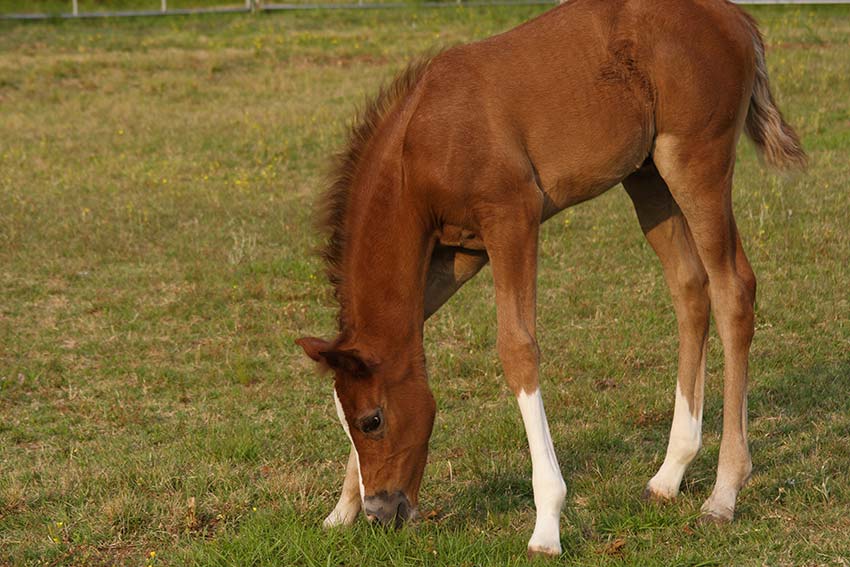
Supplement Improves Horses’ Muscle Cell Antioxidant Activity
N-acetylcysteine and coenzyme Q10 supplementation appears to increase natural antioxidant levels in horses’ skeletal muscles.
All aspects of caring for performance horses

N-acetylcysteine and coenzyme Q10 supplementation appears to increase natural antioxidant levels in horses’ skeletal muscles.

The FEI veterinary committee proposed 13 ways to improve biosecurity at equestrian events.

Body and leg wounds treated promptly with MSCs originating in the mouth heal better than untreated wounds.

Learn how to treat this skin condition in show horses without inadvertently breaking drug rules.

Industry partners have joined with UK on research that could help vets detect injuries before they become career- or life-ending.

An equine veterinarian describes approaches for treating kissing spines, arthritis, and other spinal issues.

We’ve compiled some of our best resources on these diets and what horses might benefit from them most. Sponsored by Hygain.

Leg lameness should always be ruled out first when investigating sore backs, but primary causes of back pain do also exist.

Researchers reported thermography showed lower temperatures in the heels and toes of horses wearing egg bar shoes or wedge pads; the findings remain inconclusive.

How diets high in starch can impact hindgut function and performance, potentially leading to problems with the ‘gut-brain axis.’
The daughter of Arrogate out of Absinthe Minded won in a field of 14 under cloudy skies and good track conditions.

Learn about the delicate balance between two key minerals in horses’ diets.

An equine nutritionist breaks down how horses use dietary fat and provides current recommendations for feeding omega-3 and omega-6 fatty acids.

Here’s what to know about horse inspections, which are designed to evaluate the horse’s fitness to compete.

A listener wonders if horses benefit from a balanced omega-3 to omega-6 ratio. Dr. Clair Thunes responds.

Reduce sporadic episodes of exertional rhabdomyolysis by providing plenty of forage and meeting these unique equine athletes’ nutrient requirements.
Stay on top of the most recent Horse Health news with
"*" indicates required fields